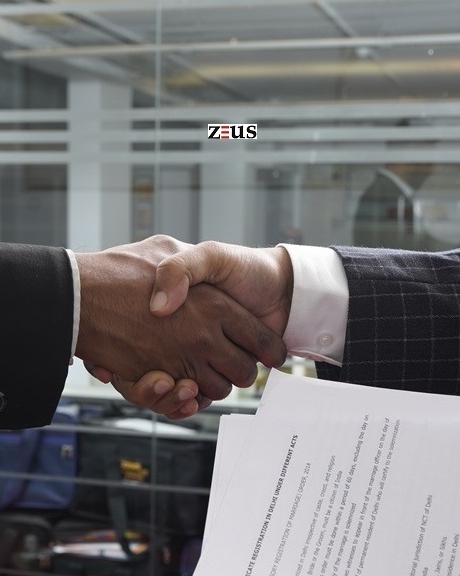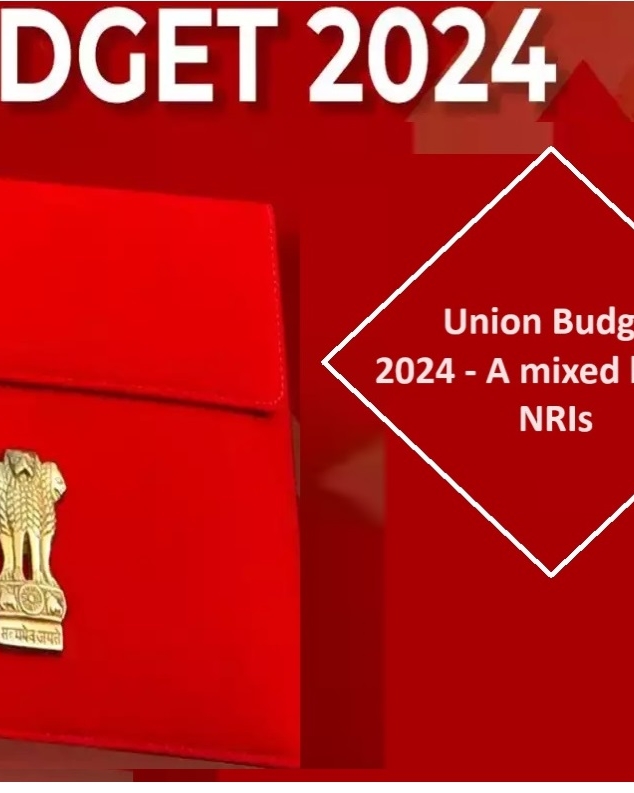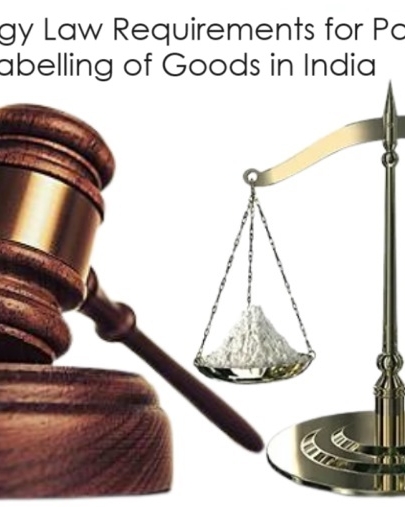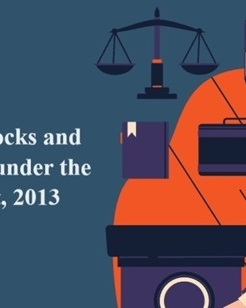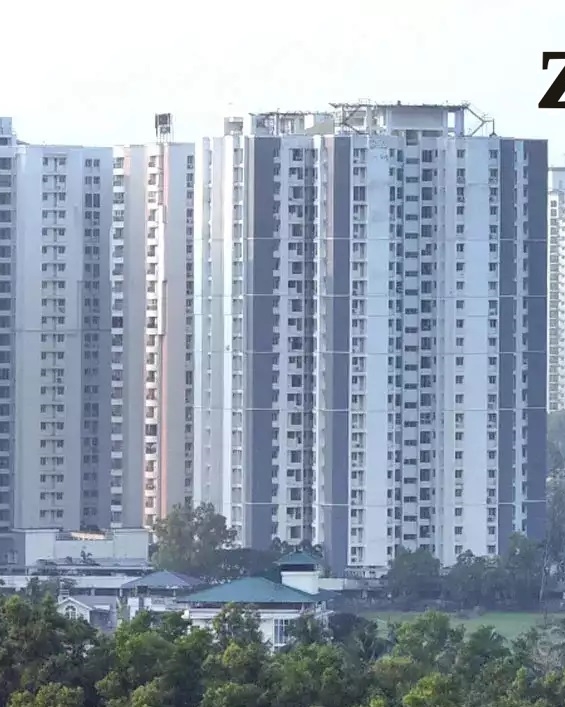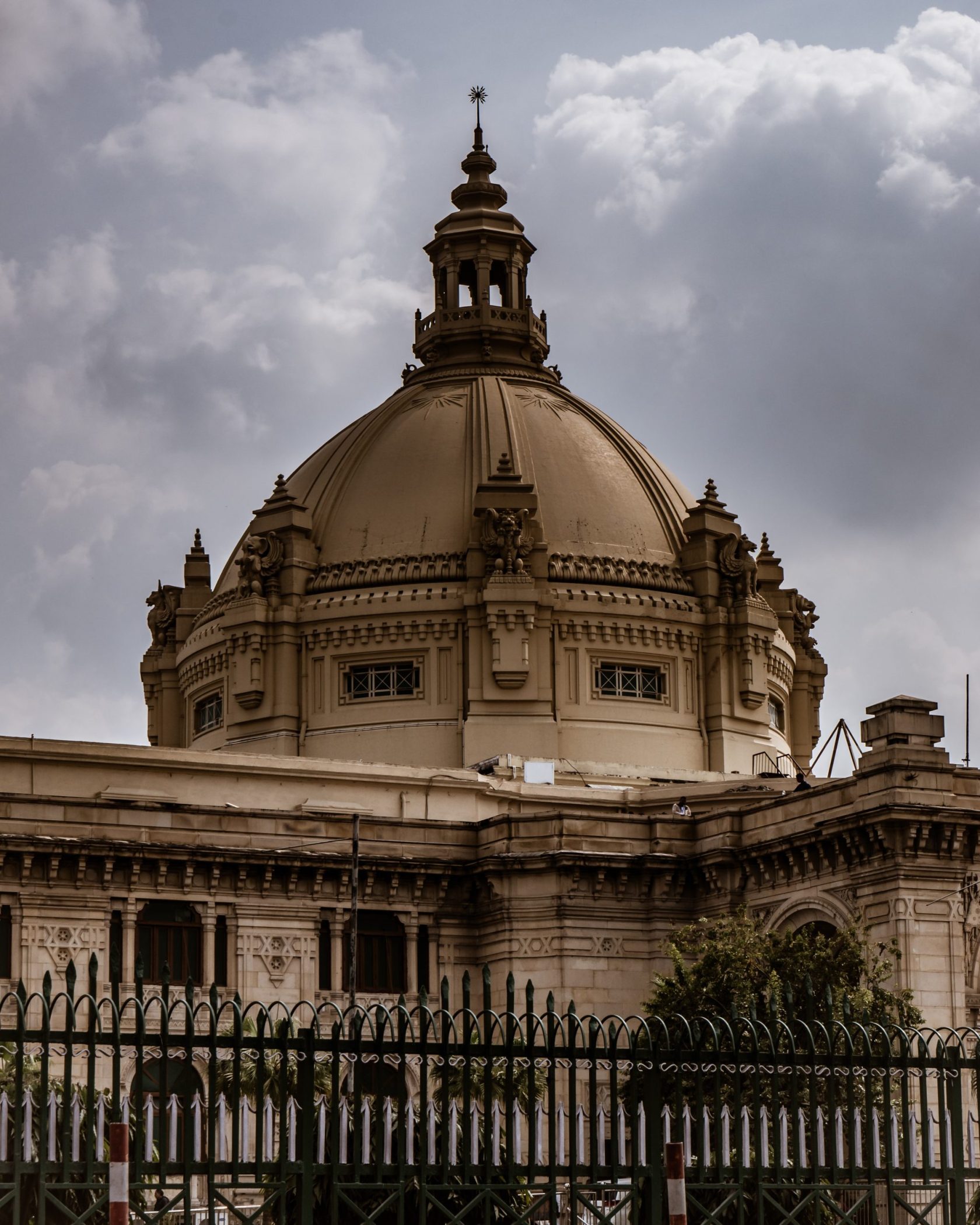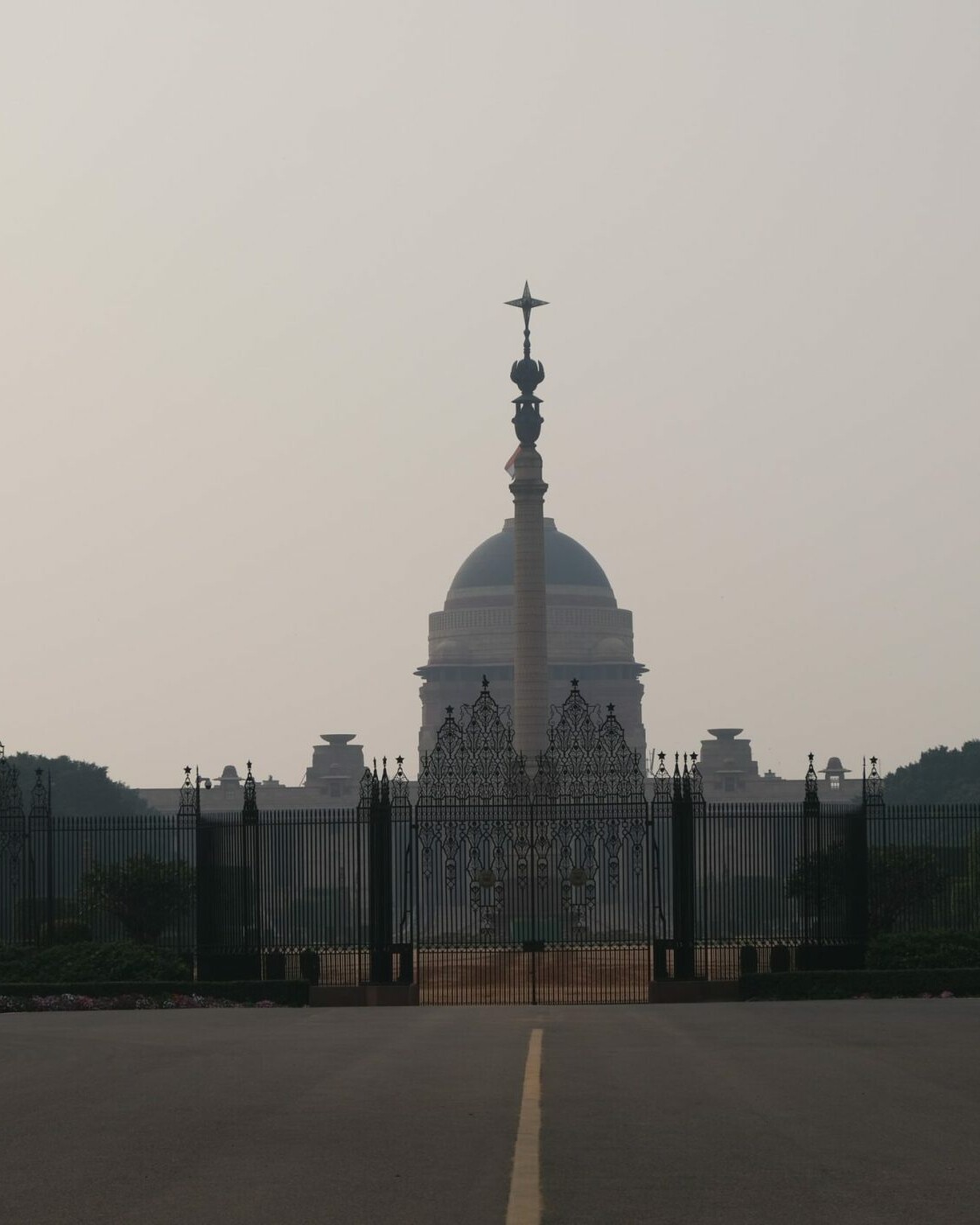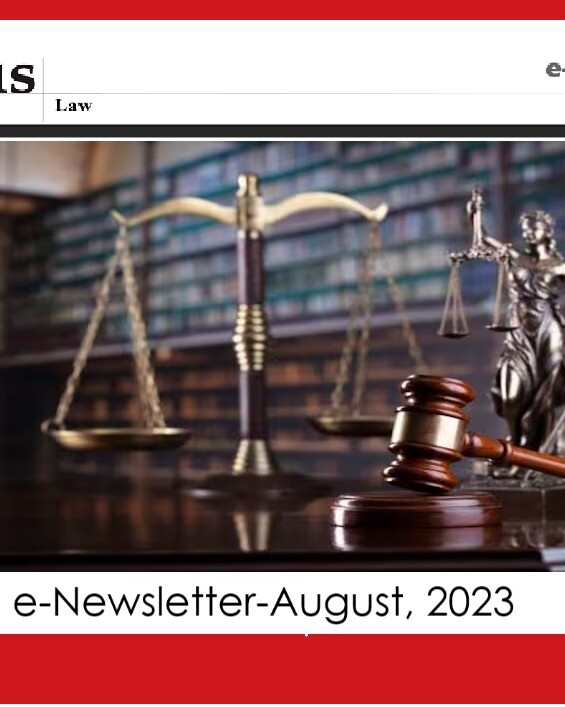Author: Mr. Sandeep Bhuraria, Senior Partner & Monish Surendran, Senior Associate at ZEUS Law
Published in Livelaw on 26th July 2022
Taking a cue from the Supreme Court in the matter of Swiss Ribbons Private Limited and Anr. vs. Union of India and Ors.[1], a new concept by the name of ‘Reverse Corporate Insolvency Resolution Process’ was propounded by the National Company Law Appellate Tribunal (“NCLAT”) for insolvency resolution of real estate companies in Flat Buyers Association Winter Hills – 77, Gurgaon Vs. Umang Realtech Pvt. Ltd through IRP & Ors.[2]
The Supreme Court had remarked that hindering innovative experiments of economic nature will have serious consequences on the nation. The aforesaid views of the Supreme Court motivated the NCLAT to experiment with the corporate insolvency resolution process given in the Insolvency & Bankruptcy Code, 2016 (“Code”), In light of the above, the NCLAT tested as to whether during the corporate insolvency resolution process, the resolution of the corporate debtor could reach finality without approval of a third-party resolution plan thereby deviating from the corporate insolvency resolution process given in the Code.
Under the corporate insolvency resolution process prescribed under the Code, the interim resolution professional / resolution professional, as the case may be, invites resolution plans from prospective resolution applicants who are not ineligible under Section 29A of the Code for undertaking resolution of the corporate debtor. The whole intent of incorporating Section 29A of the Code was to debar those persons who with their misconduct had contributed to defaults of the corporate debtor or who may misuse this insolvency resolution process due to lack of prohibition or restrictions and regain control of the corporate debtor, i.e., promoters of the corporate debtor.
However, through the reverse corporate insolvency resolution process, the promoters can overcome the bar given in Section 29A of the Code and give a proposal for completing and delivering the projects of the corporate debtor. The reverse corporate insolvency resolution process is undertaken after taking approval of the creditors, and pursuant thereto, the promoters are allowed to infuse funds as an investor thereby ensuring completion of the estranged projects of the corporate debtor and provides the promoters an opportunity to regain the corporate debtor on satisfying all of the claims of the creditors of the corporate debtor.
The reason given by the NCLAT for propounding the reverse corporate insolvency resolution process in case of real estate companies was that real estate companies usually have more than one project; hence, default in delivery of units of a particular project should not affect other projects of the corporate debtor.
The aforesaid idea was premised on the fact that separate plan(s) are approved by different authorities, the land in which the project is being developed and its owner may also be different and even the allottees (financial creditors), financial institutions (financial creditors), and operational creditors are different for each project. Hence, the NCLAT was of the view that there is no need to maximise all of the assets of the corporate debtor, and therefore, only the asset of the corporate debtor of that particular project in default is to be maximized in the interest of the creditors of the said project, i.e., allottees, financial institutions and operational creditors of that particular project.
In the light of aforesaid, the NCLAT was of the view that it is very difficult to follow the normal corporate insolvency resolution process which is given in the Code, and hence, a reverse corporate insolvency resolution process should be followed in the case of real estate companies in the interest of the allottees thereby ensuring survival of real estate companies, completion of projects and providing employment to large number of unorganized workmen.
In the said matter, one of the promoter of the corporate debtor, i.e., Umang Realtech Primate Limited, agreed to remain outside of the corporate insolvency resolution process and act in the capacity of a lender (financial creditor) and infuse funds so that the estranged allottees of the project would get possession of their flats during the insolvency resolution process of the corporate debtor without any third-party intervention.
In light of the above, the promoter was directed to cooperate with the interim resolution professional and infuse funds as a lender (financial creditor) and not in the capacity of a promoter to ensure that the project was completed within the time frame given by the promoter, and in case the promoter failed to comply with the undertaking and failed to invest as a financial creditor or did not cooperate with the interim resolution professional of the corporate debtor, the NCLAT had directed that the National Company Law Tribunal (“NCLT”) would complete the corporate insolvency resolution process of the corporate debtor in the manner given in the Code.
Section 29A of the Code bars a person from submitting a resolution plan for taking over the corporate debtor if they fall within any of the ineligibility provided under Section 29A of the Code. The intent of incorporating Section 29A of the Code had been to bar people from taking control of the corporate debtor who with their misconduct had contributed to defaults of the corporate debtor or were otherwise undesirable, and could misuse this situation due to lack of prohibition or restrictions on participating in the resolution or liquidation process of the corporate debtor, i.e., promoters of the corporate debtor. The legislature was of the view that allowing such persons to regain the reins of the corporate debtor would undermine the process laid down in the Code as unscrupulous person would be rewarded at the expense of creditors.
However, taking into consideration the peculiar case of real estate companies in which only specific projects are under default, the NCLAT allowed the promoter to act as a financial creditor to ensure completion of the distressed project so that the said project would be timely delivered while keeping the scare of proceeding against the corporate debtor through the normal corporate insolvency resolution process in case of non-infusion of funds. Hence, ensuring speedy resolution of the destressed projects and thereby ensuring speedy delivery of the units to the estranged allottees.
The concept of reverse corporate insolvency resolution process was again utilised by the NCLAT in the case of Rajesh Goyal Vs. Babita Gupta & Ors.[3] Even in the said case, the promoter had agreed to make an investment as a financial creditor to keep the corporate debtor, i.e., Rajesh Projects (India) Private Limited, as a going concern so that the project in default could be completed.
As the allottees, being the main beneficiaries of the units, had already reached settlement with the promoter and the promoter as an outside financial creditor had agreed to invest, not from the account of the corporate debtor but from other sources, to keep the corporate debtor as a going concern, the NCLAT exercised its inherent powers conferred under Rule 11 of the NCLAT Rules, 2016 and utilised the reverse insolvency resolution process to allow the promoter to complete and deliver the units to the estranged allottees.
Subsequently, even the Supreme Court in the case of Anand Murti Vs. Soni Infratech Private Limited and Anr.[4] observed that it would be in the interest of the home-buyers if the promoter was permitted to complete the housing project taking into consideration the project completion proposal presented by the promoter of the corporate debtor. The Supreme Court also observed that there is a high possibility that if the corporate insolvency resolution process was permitted, then the cost that the home-buyers would have had to pay under a third-party resolution would have be much higher as the offer made by the resolution applicants would include the price of escalation, etc.
In light of the above, the undersigned is of the view that the intention for propounding the reverse corporate insolvency resolution process is clearly to safeguard and further the interests of the allottees of the projects in default by ensuring timely and efficient resolution of destressed projects. However, through the said process, the people who with their misconduct had contributed to defaults of the corporate debtor, i.e., promoters of the corporate debtor, are also getting a means to take back the corporate debtor even though there is a bar under Section 29A of the Code. Hence, adequate checks are required to be maintained so that misuse of the process is not carried out by miscreants by securing haircuts in the garb of insolvency resolution.
[1] (2019) SCC OnLine SC 73
[2] 2020 SCC OnLine NCLAT 1199
[3] Company Appeal (AT) (Insolvency) No. 1056 of 2019
[4] 2022 SCC OnLine SC 519





